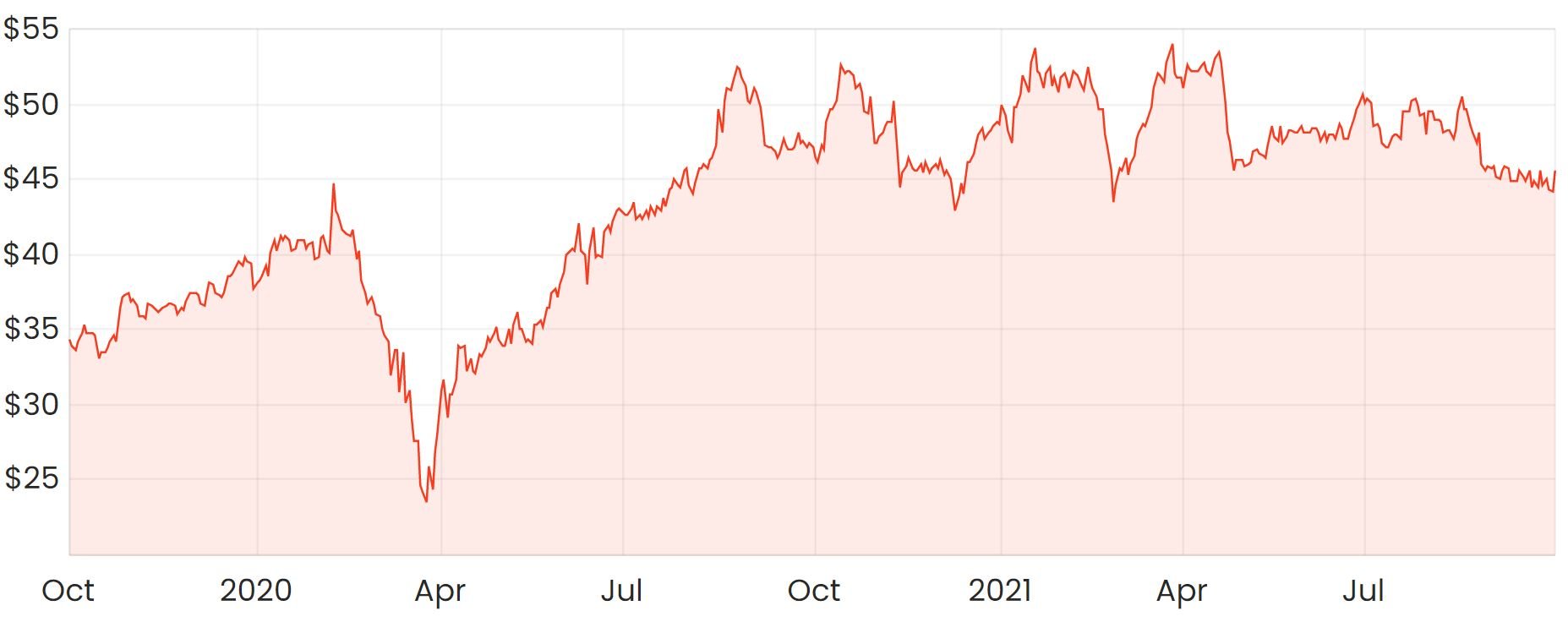Electronics retailer JB Hi-Fi Limited (ASX: JBH) is a brand almost any Australian would be familiar with.
Long-term shareholders have also been handsomely rewarded. Its shares IPO’d at around $1.50 back in 2003, meaning a capital return of over nearly 3000% based on the current share price of $45.54
Here are just a few ways I look at analysing a company like JB Hi-Fi.

Return on equity
A useful metric to look at is a company’s return on equity (ROE), calculated by dividing its net income by shareholder’s equity.
Put simply, it’s measuring how well a company can use raised money from shareholders to drive profitability within the business. If a business generates low returns on equity, the returns you make as a shareholder might also be low as well.
JB Hi-Fi generated a ROE of 41.9% in FY21. This was likely elevated due an increased demand from COVID. But under normal conditions, it consistently generates an ROE of around 25%.
This is far higher than other Australian retailers such as Harvey Norman Holdings Limited (ASX: HVN), Premier Investments Limited (ASX: PMV) and Super Retail Group Limited (ASX: SUL).
This is a good indication that JB Hi-Fi management are efficient capital allocators.
Workplace culture
Assessing workplace culture can often provide some useful insight into a business and it’s quite often overlooked.
Given the size of JB Hi-Fi, we might have friends or family who work there who could tell us their experience. If not, we can use websites like Seek company reviews or Glassdoor which provide ratings from past and current employees.
On Glassdoor, 81% of employees said they would recommend working there to a friend and it scored 4.1 stars overall.
If staff are satisfied, the business can retain key talent and divert more spending into other areas of the business instead of hiring efforts.
Summary
There are just two ways I often use to look at companies I’m interested in.
Valuation can also play a key role when assessing investment ideas.
If you’re looking to learn how to do your own ASX company valuations, take our free share valuation course, which takes you through 6 common share valuation techniques, step by step.
Or try our Beginner Shares Course if you’re just starting out. Both are free.








